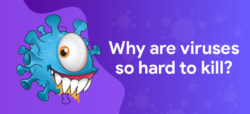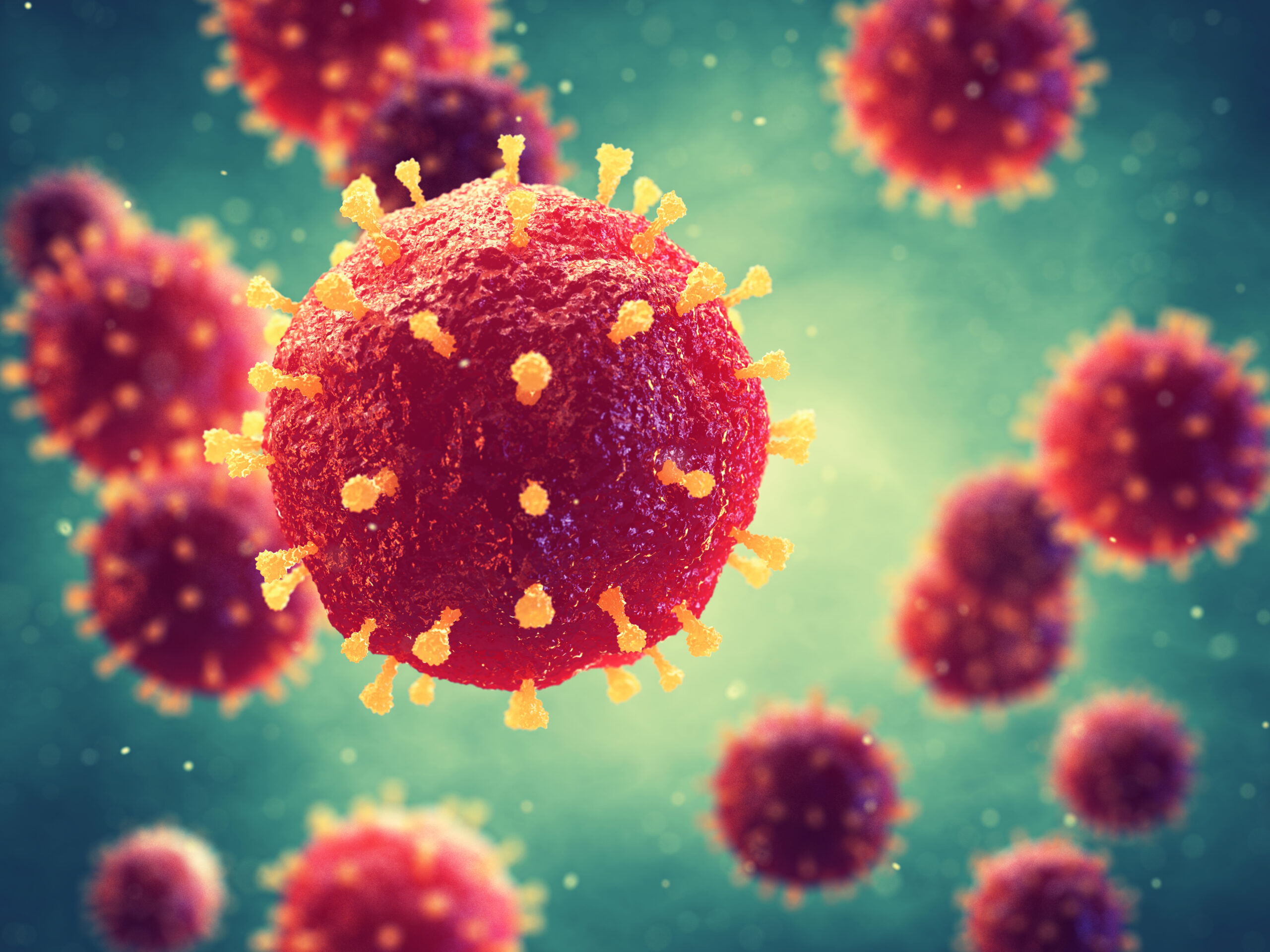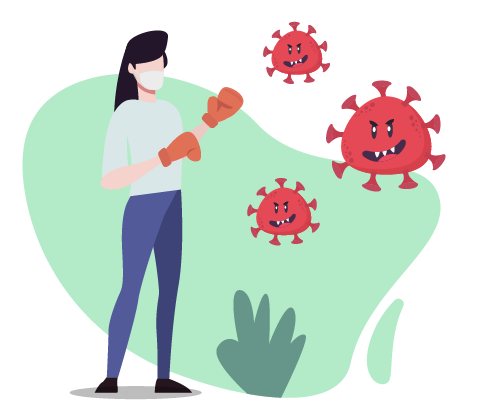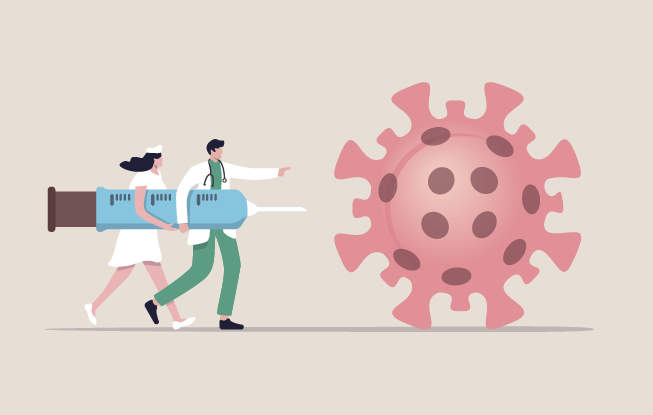
The first case of the Novel coronavirus (nCoV), the virus responsible for COVID 19, was recorded a year ago in the Hubei province of China. The virus, which has now led to a full-blown pandemic, has changed our lives immensely. Life as we knew it no longer exists today because of the deadly coronavirus. Even though we have come to accept masks, sanitizers, and virtual classes as our new normal, many of you might be wondering – why are viruses so hard to kill?
Viruses are microscopic organisms that exist in almost all terrains. They are found in abundance on the planet and infect not just humans but also other living organisms such as plants, animals, and even other microscopic organisms like bacteria. They come in different shapes and sizes. They contain genetic material such as DNA or RNA, which is protected by a protein coat called ‘capsid’. They vary in complexity and affect different organisms in various degrees.
Viruses are so small that they cannot be seen with our naked eyes or sometimes not even using an optical microscope. Did you know that these microscopic monsters are capable of attacking or destroying other teeny tiny organisms such as bacteria? Well, it is true.
Viruses are not classified in any of the five kingdoms of living things. This is primarily because they do not carry out any of the basic living processes such as respiration, nutrition, growth, reproduction, excretion, etc. on their own. They invade a host’s body and latch onto its cell. They are classified as parasites as they are not capable of replicating themselves until they come in contact with a host body.

Viruses are not alive and exist in the form of virions before entering a host cell. After coming into contact with a host cell, the virus will insert its genetic material into the host and continually reproduce as it takes over its functions. As the virus replicates, it starts to affect the host body.
After a period referred to as the incubation period, the host starts exhibiting symptoms. In the process of fighting the symptoms, the host’s immune system responds to the infection by producing a chemical known as pyrogen causing the body temperature to rise. When the temperature rises over 37 degrees celsius, reactions slow down. But, the recovery period depends on the rate of replication of the virus and the immune system of the host. The immune response continues until the viruses exit the host’s body.
Viruses are often transmitted from person to person, or from other living organisms such as plants or animals to humans. Certain viruses can also live on objects for a specified duration. The articles with viruses living on them are known as fomites. Anyone who comes in contact with the fomite or the person who has already touched the object is capable of transmitting the virus to other individuals.
Some of the modes of transmission of viruses include touch, coughing, or sneezing, contaminated food or water, and other carriers such as insects.

We already know that the makeup of viruses is not similar to that of living organisms. Their zombie-like nature is what makes it difficult to kill them. They can’t always be treated with drugs as they do not have a metabolism or the ability to reproduce on their own.
Bacterial infections are often treated using antibiotics as they inhibit the reproduction of bacteria. However, they are ineffective against viral infections as viruses use the host body, instead of their structure to carry out various processes.
Antibiotics can be used to treat a variety of bacterial infections. Unlike antibiotics, antiviral drugs are challenging to develop as they are used to combat only certain viruses.
As we have established earlier, viruses cannot be killed as they are inert outside a host’s body. However, they can be inactivated or destroyed using heat. The duration of exposure required for inactivation varies from one family of viruses to another.

There is no cure for viral infections. Vaccines are the most effective and cheapest way to treat viruses or to prevent them. A vaccine consists of a weakened form of the virus, antigens, and some live-weakened virus. People with weak immune systems are more prone to contracting the virus if injected with live-weakened viruses.
Viral infections usually clear up on their own. However, medication is often prescribed to treat symptoms such as fever, body pain, and cough. Viruses can cause many diseases but not all of them are fatal. However, there is no such thing as being too cautious. Let’s stay calm and mask up.